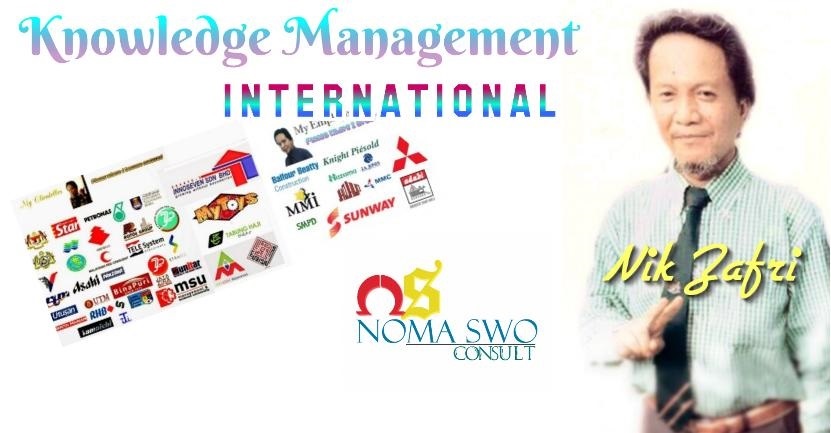http://www.businessday.co.za/articles/opinion.aspx?ID=BD4A125014
Nik's comments - in my opinion, I wouldn't say that the following article is meant exclusively for fund managers but we too can learn something out of it as well (in our very own capacities)
Opinion & Analysis
Posted to the web on: 08 December 2005 - Ingredients of success for fund managers - Matthew de Wet
WE KNOW that relying on past performance alone to select a fund manager is likely to produce disappointing results. We also know intuitively that fund managers that display certain characteristics — for example, a solid process and sensible philosophy — are more likely to be successful.
But are there any specific fund-manager attributes that have proven to increase the likelihood of success?
The answer is yes, according to a study that recently appeared in the Canadian Investment Review. The study, which took place over the six-year period ending December 2003, considers hundreds of different investment managers across different regions, and analyses how a number of different organisational and process factors affect the ability of the fund manager to produce superior results. Of the 17 factors tested, four were identified as being statistically significant in explaining an investment manager’s performance:
Ownership: The study concluded that investment management firms that have a high degree of employee ownership are more likely to produce superior results than those that have little or no employee ownership. This is intuitive as the greater the degree of ownership, the greater the incentive for employees to perform well.
Low personnel turnover: It was shown that firms that had a high degree of turnover in key investment staff tended to produce inferior results compared with those that had low turnover. It was also concluded that low levels of staff turnover were positively correlated with the level of ownership — that is, boutique firms tend to have lower levels of turnover of key investment individuals and that this manifested itself in superior performance.
Number of counters: The conclusion here was that as portfolios became too diversified in terms of the number of counters held, the tendency to generate outperformance decreased. Again, this is intuitive as the more counters held, the lower the tracking error and the higher the likelihood of producing average returns. Further, the study also highlighted the fact that the larger a firm, the more likely it was to have a low tracking error. It suggests that this is further evidence of the tendency of larger firms to manage portfolios in a manner that reduces business risk rather than investment risk.
Bottom-up: This factor relates to the percentage of the investment process that was focused on top-down asset allocation, or theme selection, versus bottom-up stock picking. The conclusion was that the greater the focus on bottom-up stock picking, the more likely the firm was to produce superior results.
It is interesting to note that the first three factors are more closely aligned with entrepreneurial or “boutique” type investment firms (which tend to have a high degree of employee ownership, lower key staff turnover and portfolios with higher tracking errors) than they are with large, institutional type firms. The fourth factor is not specifically aligned to boutique or institutional type managers.
A number of factors that one may expect to have an effect on the ability of managers to perform could not be conclusively proven. These included portfolio turnover, age of firm, number of staff, and number of management visits.
The study suggests that potential investors are well served by identifying boutique investment firms with low staff turnover, whose process is one of active, bottom-up stock picking.
* De Wet is head of investments at Nedgroup Investments.



